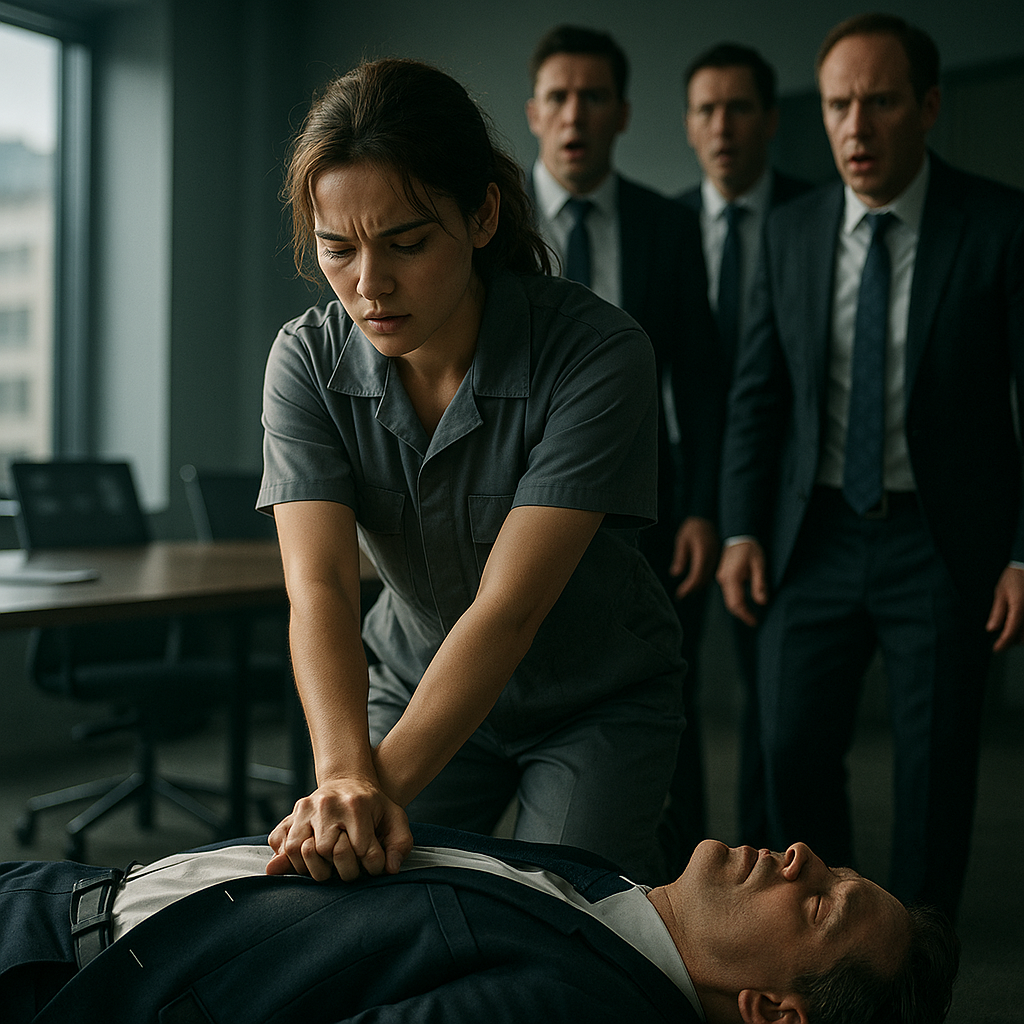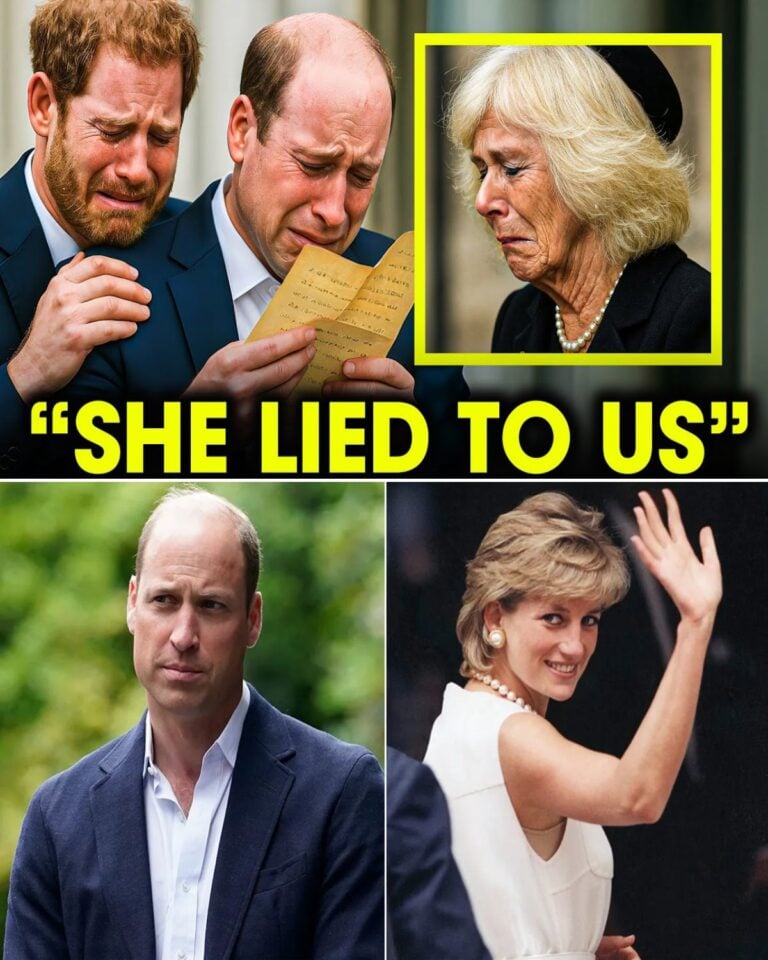For nearly a decade, the name Liam Carter had been nothing more than a warning whispered among rangers and hikers across Alaska.
A story told around campfires, a cautionary tale of the unforgiving wild.
He vanished in 2015 — deep inside the sprawling, untamed expanse of Katmai National Park, one of the most remote and perilous regions in the United States.
He vanished in 2015 — deep inside the sprawling, untamed expanse of Katmai National Park, one of the most remote and perilous regions in the United States.
No distress call.
No activated beacon.
No trace.
It was as if the forest had simply swallowed him whole.

Back in 2015, Liam Carter was thirty-four — an environmental photographer from Oregon, known for chasing storms, bears, and beauty in places where few dared to tread.
He had spent years documenting wilderness conservation efforts, often traveling alone for weeks at a time.
When he arrived in Katmai in late September of that year, he told friends he planned to capture “the last breath of autumn before the snows lock everything down.”
He carried a satellite phone, a small drone, and his signature leather-bound field journal — one he never went anywhere without.
He never made another call.
After three weeks of silence, search teams scoured 200 square miles of forest, glacier, and tundra.
They found nothing.
No campsite.
No gear.
No body.
It became one of the coldest missing-person cases in Alaska’s history.
Last month — October 2025 — a team of hunters from Anchorage stumbled upon something half-buried near a ravine 60 miles west of Carter’s original route.
At first, they thought it was debris from a plane crash.
Then they saw the tattered scraps of fabric —
Within days, a forensic team and park investigators arrived at the site.
What they found sent shockwaves through the small town of King Salmon, where Carter’s case file had sat gathering dust for ten years.
The bones were scattered but largely intact, some partially buried under moss and soil.
But what drew attention wasn’t just the remains — it was the condition of the bones.
They were broken — violently, unnaturally — and not in a way consistent with a fall.
Nearby, searchers recovered a rusted camera frame, a weather-damaged satellite phone, and a torn section of what appeared to be a journal page, pressed between two stones as if intentionally placed there.





